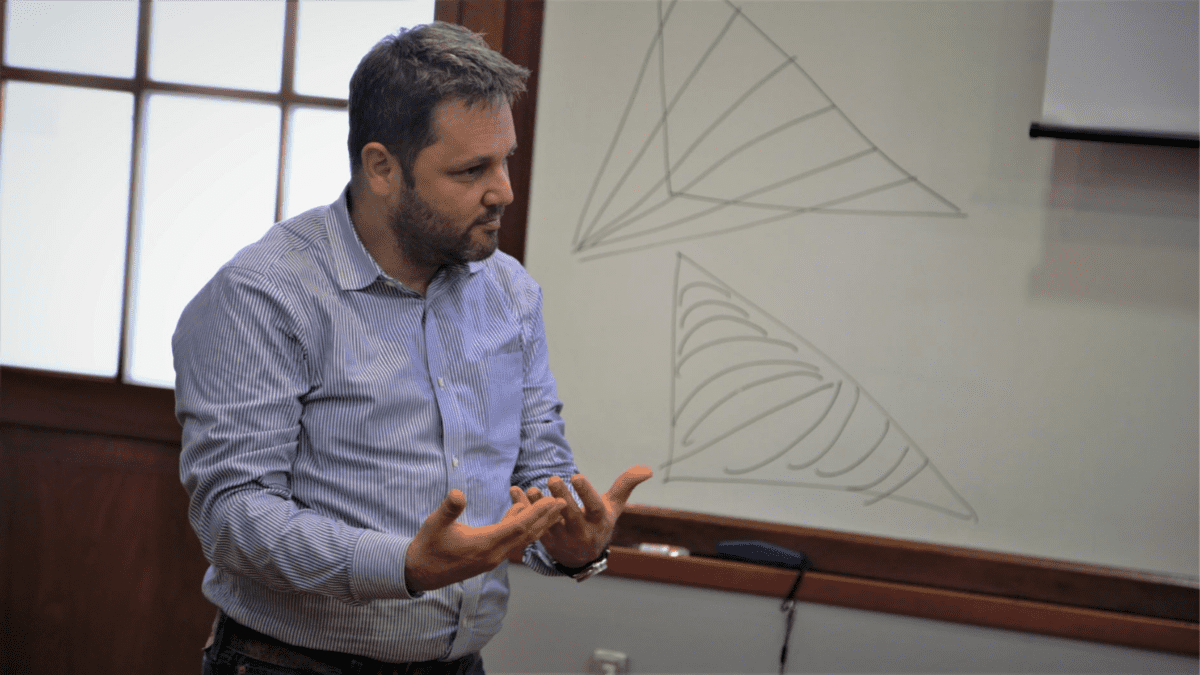Understanding the ‘Misunderstood Middle’
Despite the prospect of having ample leisure time and a comfortable nest egg, retirement can often be a daunting proposition. The fear of running out of retirement funds is a major factor for retirees, especially those that sit in what researcher Capital Preferences calls the “Misunderstood Middle”.
It’s this cohort, they say, that super funds can’t really understand because retirees in the financial “middle” of the retirement spectrum have a likely tension between their needs in their golden years and the money they have at their disposal.
A staggering 64 per cent of retirees sit in this “Misunderstood Middle” bracket, says Capital Preferences, which conducted a study of more than 4000 older Australians with product provider Challenger. On either side of this group lies either “Basic Pensioners”, who totally rely on the age pension, or “High Enders”, who have plenty to go around.
It’s the bulging middle cohort of retirees, however, that require a deeper understanding because they have the most complex needs.
“Whereas High Enders are well resourced against their retirement needs, and Basic Pensioners will rely on the Age Pension as their primary source of income, the 64 per cent of pre-retirees in the Misunderstood Middle require deeper understanding and the most personalised assistance,” the report states.
Super funds are the first line of stakeholders that should be helping to understand the needs of retirees in this middle bracket. Indeed, these funds are legally required under the new Retirement Income Covenant to devise solutions to help older Australians spend their retirement money (i.e. decumulate).
Yet super funds can’t rely on the demographic and financial data available to them to cohort members for retirement, according to the research, and will need to learn more about what people really want in their golden years to provide personalised retirement income.
The Misunderstood Middle needs science
Data isn’t enough, the report states. What super funds need to help them understand the middle cohort is science.
“Our findings highlight the importance of recovering individual preferences as part of the member experience,” says Shachar Kariv, Capital Preferences co-founder and chief scientist (pictured). “Simply relying on demographic data to predict income certainty preferences will almost certainly misdiagnose members – and hinder super funds in providing fit-for-purpose retirement income assistance.”
Members in the misunderstood middle require “deeper understanding and the most personalised assistance” from their fund, despite many of them being the same age and having the same balance as other members that feel more comfortable with their super.
For example, one member might be willing to trade higher income for a more certain income, best served by a guaranteed lifetime income (GLI) product, while another member is happier with the opposite and might prefer an account-based pension with a nominal drawdown and 50 per cent growth assets.
“Digital and scientific innovation can play a significant role in solving this potential issue, allowing super funds to recover essential information on their members,” Kariv says. “Members can’t self-report their preferences in areas of risk, but they can show us with their decision making.”
Funds should measure a representative sample of their members’ income certainty preferences and incorporate them – alongside “holistic member resources” – into cohorting for product strategy purposes while engaging them with more modern, interactive digital experiences as well as adviser assistance.
Challenger and Capital Preferences also suggest that a significant chunk of members could benefit from having part of their balance placed into GLI products to provide certainty that their money won’t run out, an amount the research puts at about $145 billion.
“When GLI is in a member’s retirement income strategy, it is associated with feeling much more prepared for retirement and having lower anxiety about outliving one’s savings,” the report says.
“When we conducted deeper regression modelling against feelings of retirement preparedness, it shows the association for GLI product ownership is on the same order of magnitude as renting versus owning one’s home.”









